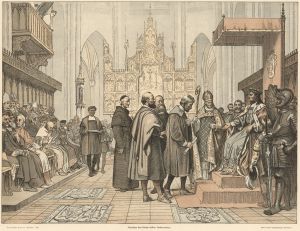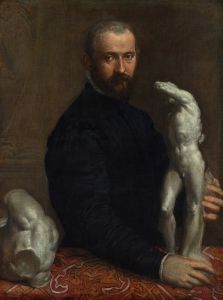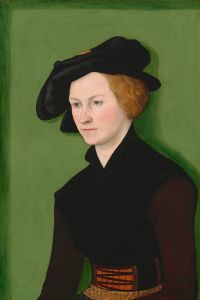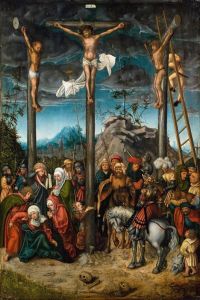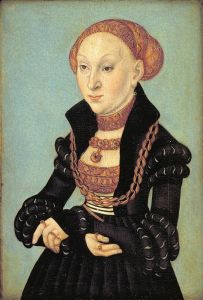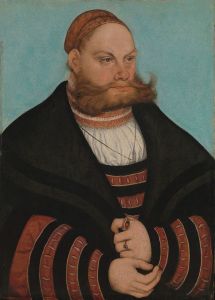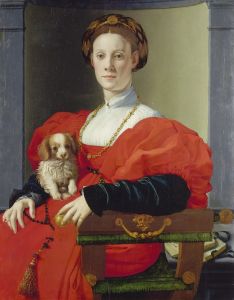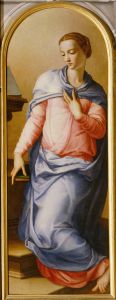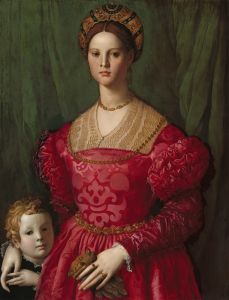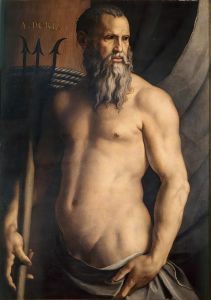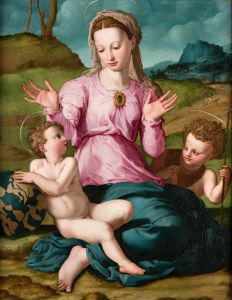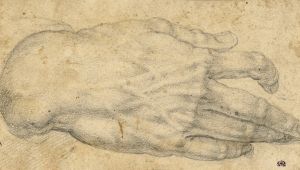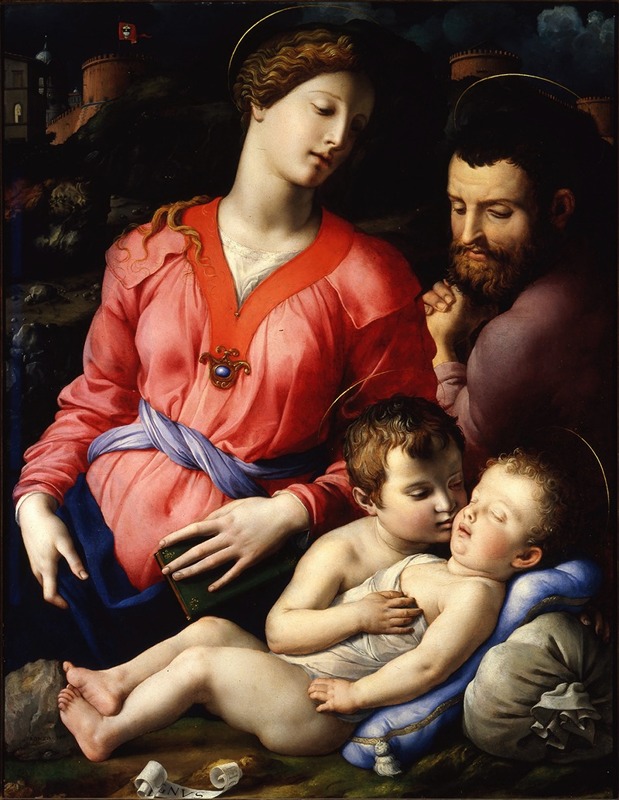
The Panciatichi Holy Family
A hand-painted replica of Agnolo Bronzino’s masterpiece The Panciatichi Holy Family, meticulously crafted by professional artists to capture the true essence of the original. Each piece is created with museum-quality canvas and rare mineral pigments, carefully painted by experienced artists with delicate brushstrokes and rich, layered colors to perfectly recreate the texture of the original artwork. Unlike machine-printed reproductions, this hand-painted version brings the painting to life, infused with the artist’s emotions and skill in every stroke. Whether for personal collection or home decoration, it instantly elevates the artistic atmosphere of any space.
The Panciatichi Holy Family is a painting by the Italian Mannerist artist Agnolo Bronzino, created around 1540. Bronzino, whose full name was Agnolo di Cosimo, was a prominent painter of the Florentine school and a leading figure of the Mannerist movement. Known for his refined and elegant style, Bronzino was a court painter to Cosimo I de' Medici, Grand Duke of Tuscany, and produced numerous portraits, religious works, and allegorical compositions during his career.
The Panciatichi Holy Family is an oil painting on wood and depicts the Virgin Mary, the Christ Child, and Saint Joseph, forming the traditional grouping of the Holy Family. The composition is notable for its serene and idealized figures, a hallmark of Bronzino's work. The Virgin Mary is portrayed with a calm and contemplative expression, holding the infant Jesus, who looks outward with a sense of quiet dignity. Saint Joseph, often depicted as an older figure in Renaissance art, is shown in the background, completing the triangular arrangement of the figures.
The painting is characterized by Bronzino's meticulous attention to detail, smooth brushwork, and use of vibrant yet harmonious colors. The figures are rendered with a sculptural quality, emphasizing their physical presence and idealized beauty. The drapery of the Virgin's clothing is particularly striking, showcasing Bronzino's skill in depicting texture and light. The background of the painting is relatively simple, focusing attention on the figures and enhancing the sense of intimacy within the composition.
The work is named after the Panciatichi family, a prominent Florentine family who were likely the patrons of the painting. Bronzino had close ties to the Panciatichi family, having painted portraits of Bartolomeo Panciatichi and his wife, Lucrezia Panciatichi, which are now housed in the Uffizi Gallery in Florence. The Panciatichi Holy Family reflects the sophisticated tastes of the family and their patronage of the arts during the Renaissance.
Today, the Panciatichi Holy Family is housed in the Uffizi Gallery in Florence, Italy, where it is part of the museum's extensive collection of Renaissance art. The painting is considered an excellent example of Bronzino's religious works and his ability to combine technical precision with an idealized aesthetic. It remains a significant piece within the context of Mannerist art and continues to be admired for its beauty and craftsmanship.





